You don’t have to go to the gym to strengthen and build powerful shoulders.
You can work your delts at home without even using weights or machines.
The reason doesn’t matter whether you just can’t make the time between work, family or school, or you just can’t spare the money for gym membership.
You don’t even need dumbbells or barbells. I’ll show you how you can use your own body as weight. The beauty of bodyweight exercises is that you can do them anywhere you are, at home, at the gym, in a hotel, etc…
I’ll also show you how you can use cheap exercise resistance bands to get an excellent workout for your delts.
First let’s look at Gymnasts
Take a look at the average competitive male gymnast and you’ll see massive, ripped deltoids that give an impression of incredible power and manliness.
Now consider this; gymnasts don’t train much with weights.
Gymnasts train almost exclusively using their own bodyweight and have ripped muscular physiques, and of course very strong deltoids.
The Secret is Tension
Your muscles respond to tension. The muscle is designed to resist against any force placed against it, whether it’s a heavy object, rubber band or the isometric tension of pushing against a wall.
Muscles will react to how hard they have to tense against an outside force; dumbbells or barbells are just one option to create this tension.
Proven by NASA
NASA studies have demonstrated that your training modality doesn’t matter concerning muscle growth; a muscle just needs tension to stimulate growth and increases in strength.
Kenneth Baldwin, a professor in the Department of Physiology and Biophysics at the University of California, Irvine was supported by NASA in this research, and he tested the muscular growth in rats trained using different training stimuli.
Using painless electrical stimulation the rat’s muscles were made to contract in an isometric (static contraction), isotonic (normal contraction) and eccentric (think negatives) fashion. What they discovered settled forever the old argument over the best way to train.
Baldwin stated; “What we found, was that after 12 sessions, all three types of workout tended to provide about the same amount of muscle growth,” even the isometric exercises that involved no motion.
Work Your Delts without Weights – Safely
Now you know why you can strengthen shoulders without weights, what about how?
Before we go into the actual exercises, there is an important topic we need to cover; how to avoid injuring your shoulders.
The human shoulder is an incredibly complex structure of muscles, tendon, and bone, and is easily damaged by improper movement.
There are some traditional exercises people have been using to train their shoulders for decades and have caused an untold number of injuries.
The overhead press is one of these exercises that when done properly is a highly effective movement for building the deltoid muscles. Unfortunately almost no one does a proper shoulder press.
As the video shows; the overhead press is a nuanced movement. To perform the overhead press safely you simply need to shrug the shoulder girdle up at the end of the movement. A Big Ego Leads to Injury
When training with weights the temptation is always to lift as heavy as possible. It’s human nature to believe that more must be better, so if lifting 135lbs overhead is good then lifting 185lbs will make you even bigger.
This couldn’t be farther from the truth. Don’t forget the NASA research that proved it was tension, not the actual weight moved that caused muscle growth.
The heavier a weight is, the less control you’ll have. Less control of the movement will increase the risk of potentially debilitating acute or chronic injury.
Remember This When Training Delts
- The most important factor in stimulating muscle growth is tension, regardless of the source; isometric, isotonic and eccentric contractions
- The shoulders are a complex and delicate structure of bones, tendons, and muscles that can be easily damaged by improper movement
- The safest way to train the shoulders is with slow and focused movements performed with proper form
- You don’t need weights to get big, powerful deltoids
How to Strengthen Shoulders without Weights
Now we know that it’s possible to strengthen shoulders without weights, and we have research that shows what makes it possible. You have become familiar with the structure of the shoulder girdle, and just how easily injury can occur.
Let’s dive right in and learn the best ways to build your delts without weights!
Push It!
The venerable push-up, is there nothing it can’t do? It has been a staple of military training since before the Greeks conquered the world under Alexander the great.
The push-up, properly performed is the most effective way to train the pecs, delts, and triceps.
Let’s look at the best push-up variations for shoulder development.
Reverse Grip Push-Up
The reverse grip push-up is like a laser-guided missile of growth inducing stimulation to your frontal delts. The reverse grip push-up will develop a meaty hill of muscle tying powerfully into your upper pecs with a striated ridge of sinew.
First assume the normal push-up position on the floor, your fingers facing forward and shoulder width apart. Now reverse your hands so that your fingers are facing behind you!
While keeping your elbows tightly against your sides, slowly push-up and hold the contraction at the top briefly before slowly returning to the bottom position.
- Make the movement even more effective by keeping your chest just off the floor during the bottom half of the movement.
- Maintain a slow, controlled tension throughout the movement.
Hand Stand Push-Ups
The handstand push-up is the powerlifting move of bodyweight shoulder training. When done properly this move will develop insane functional strength.
Start with a wall, any wall will do, but unless you’re extremely gifted athletically or already have some gymnastic training, you will need a wall.
Facing the wall bend over, place hands on the floor with your arms straight and kick your legs up so that feet hit the wall. Yes, it can be a little difficult but persist, you’ll get it.
Once in position, you must move your hands so that your fingers face out sideways,(not toward the wall). Keeping your hands in this position will prevent impingement injuries and maintain the shoulder girdle in the most stable position possible. Slowly lower yourself until your forehead just touches the floor, then push-up.
Don’t feel bad if you can’t do them yet, there are variations of the movement that you can practice that will get you up to speed in no time:
- Pike push-ups: bend at the waist instead of keeping straight to build vertical pushing strength, as you get stronger place you feet on a chair or table.
- Hold the Handstand position for time, isometrics works well too.
- Partial reps, come down a little and push back up, increase how deep you go as you strengthen.
Resistance Bands
Here we go again, if you follow the articles on GymPerson you should know by now that I am a big fan of resistance bands (aka elastic bands, exercise bands).
Elastic bands are an ideal form of resistance for developing muscle size and strength with the least chance of injury.
Resistance bands are perfect for variable resistance shoulder training. Think about how your muscles perform from the beginning to the end of a contraction. You’re weakest at the beginning when the muscle is stretched, and strongest at full contraction.
Resistance bands work with this by being easier to move where you’re weakest and much harder as you move into a stronger position toward the end.
Recommended Read:
Everything you need to know about Resistance Bands.
Resistance Band Lateral Raises
This movement trains all three parts of the deltoid muscle:
Anterior (front delts)
Posterior (back delts)
Medial (middle delts)
Stand on your resistance band, handles held firmly and slowly raise them to just above shoulder level, elbows slightly bent. Hold the top position as long as possible before lowering your handles back down to your sides.
- This is a combination move that incorporates an isometric hold at the top, making it more effective
- The variable resistance of the resistance band will help you completely fry your delts creating lots of growth stimulating tension
Resistance Band Front Raises
The resistance band front raise will powerfully work the front and side deltoids and develop that broad, thick appearance that projects latent strength.
Assume the same position as you did for your lateral raises, but hold your hands in front of you. With palms facing down raise the handles until they’re at eye-level. Hold the contraction as long as you can and bring them slowly down.
Resistance Band Bent-Over Lateral Raise
The rear deltoids are notoriously hard to develop, and resistance bands are one of the best ways to develop rock hard, bulging rear delts that will give your shoulders that coveted “cannon ball” effect.
This time we’re going to bend over at the waist, arms straight down and facing each other. Slowly raise your arms straight out to the side and hold them there until the rear-delts are absolutely burning, and then come down.
- Focus on the contraction, not the reps
- Tension is your friend, growth is stimulated by the duration of the effort not how many times you repeat the movement
Isometrics (Statics)
Isometrics are an extraordinary way to train muscles without risk of injury. Here is a shoulder exercise guaranteed to provide truckloads of muscle-building tension; doorway presses!
Standing in any doorway with a sturdy frame, raise your hands up and place your palm flat against the top, making sure your elbows are slightly bent. Now push!
- This movement is done for time not reps
- You must exert yourself maximally, don’t hold back!
- Do not hold your breath, slowly exhale as you press
What Are You Waiting For?
Now you know that you don’t need weights to strengthen your shoulders.
You don’t need weights, your body is the best weight ever, and it’s always available!
If you want to take it a step further grab a set of exercise bands they are dirt cheap yet incredibly useful and versatile.
You have the information you need to safely build strong delts – no weights required.
So what are you waiting for? Get started!
These exercises will thoroughly train your delts and give the same and even better results than a conventional weight training program.
You have the knowledge, now it’s up to you to use it.

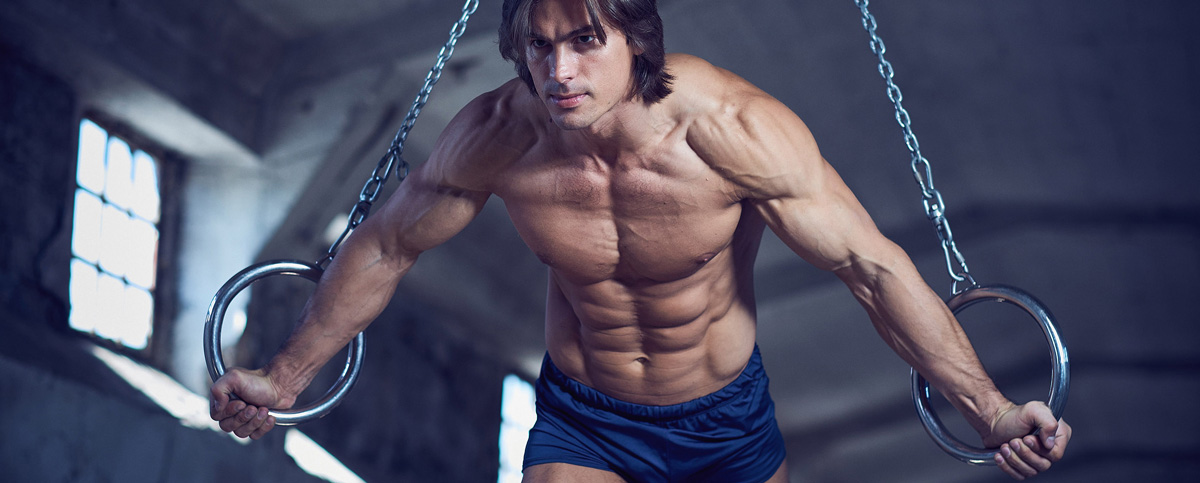
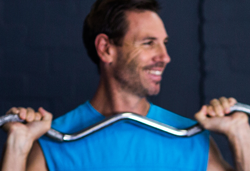



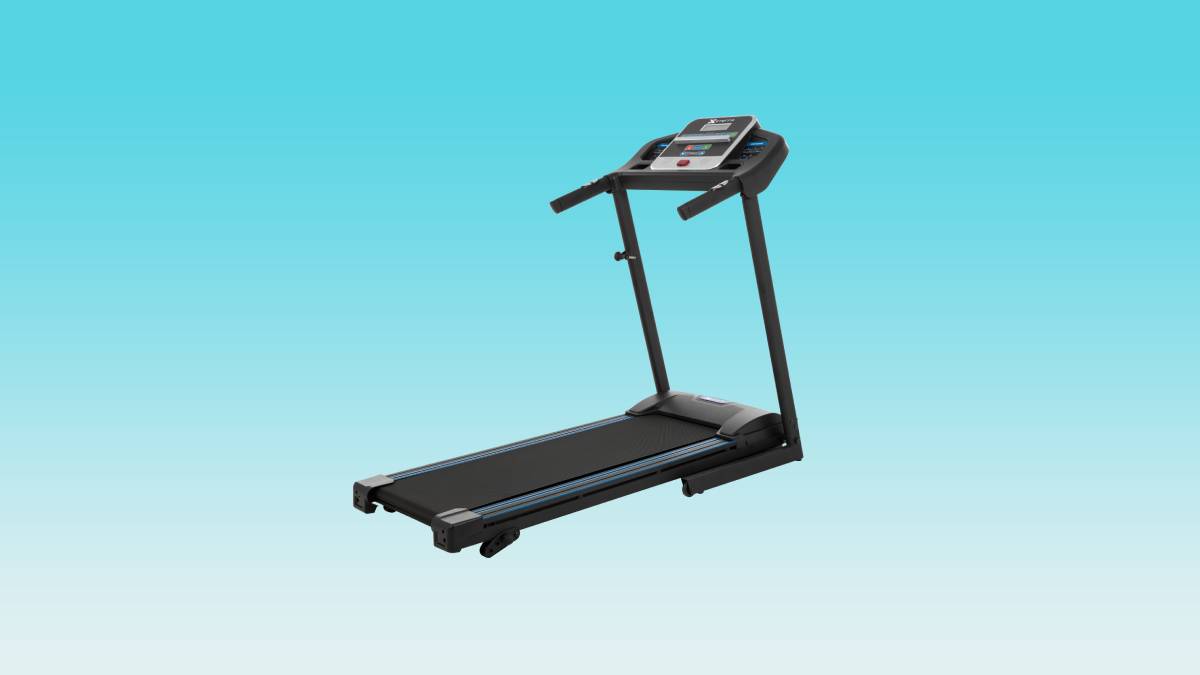
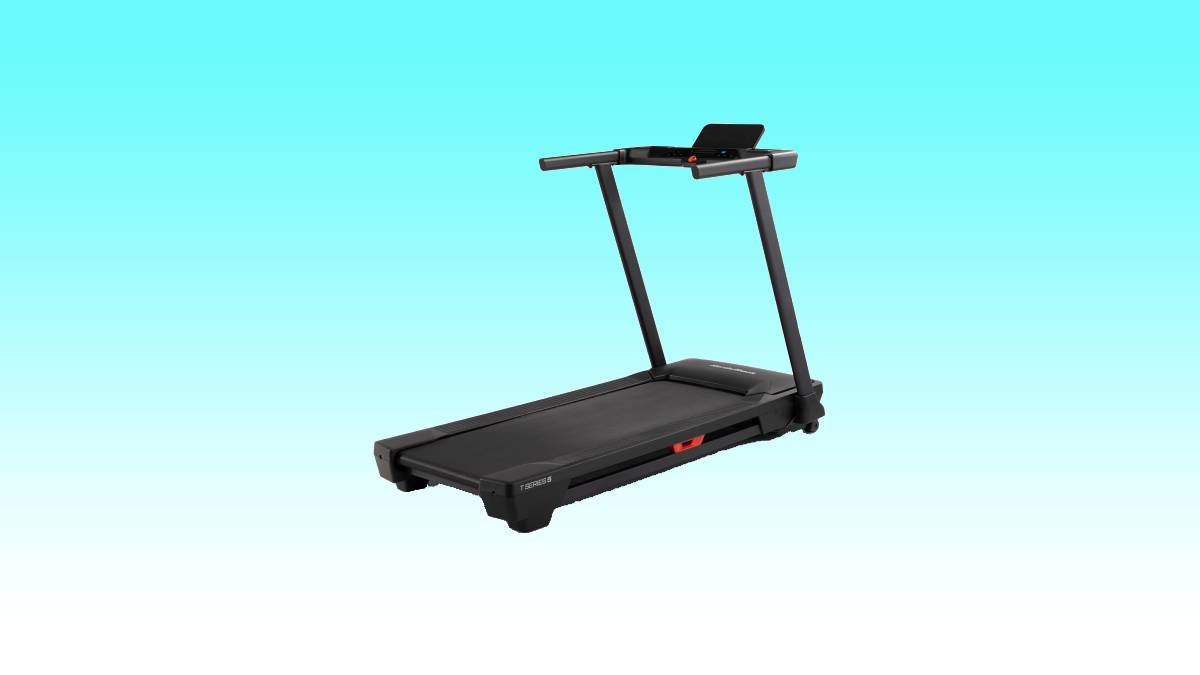
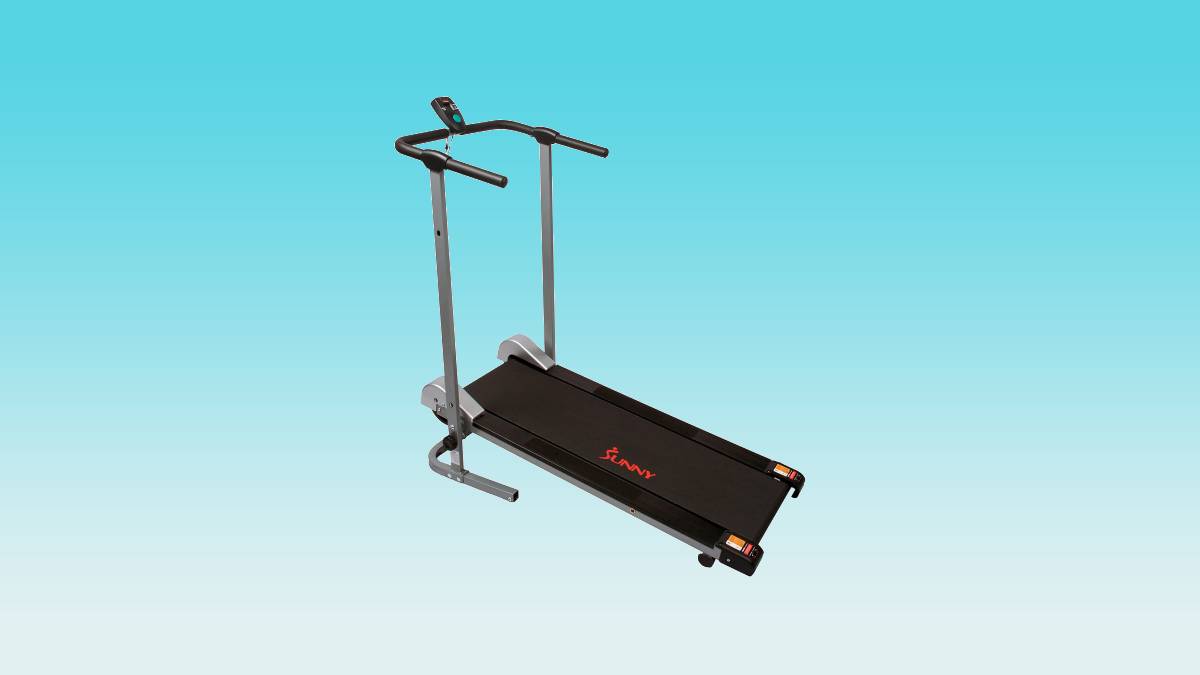
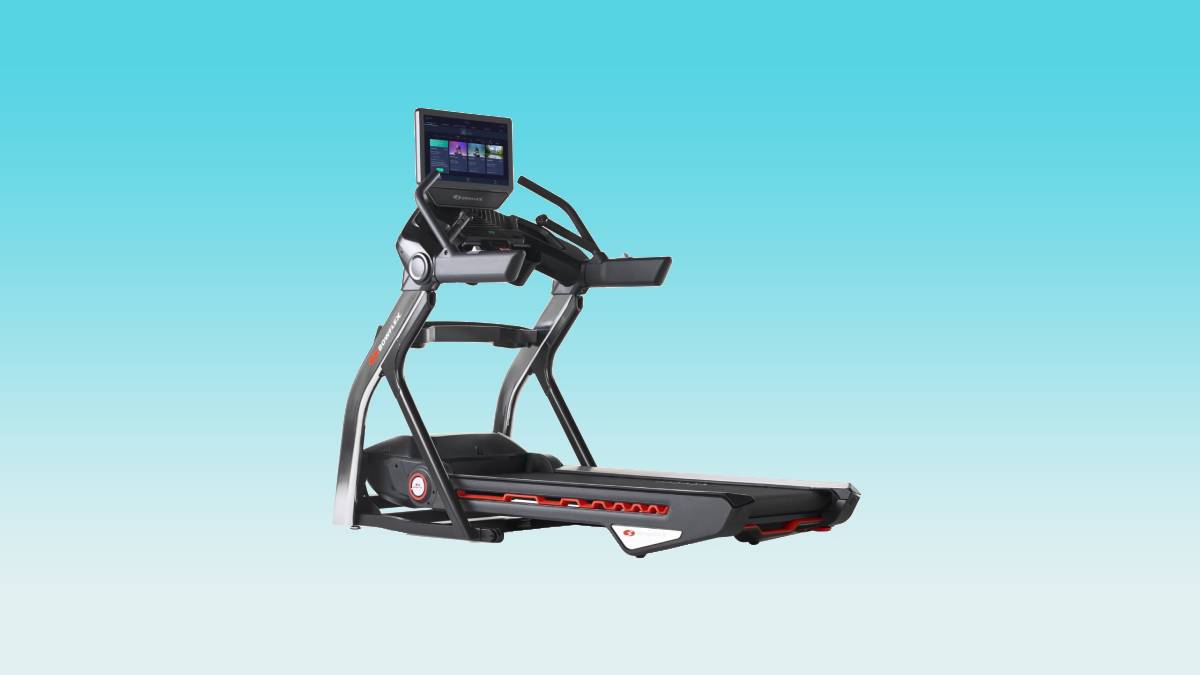
Leave a Reply